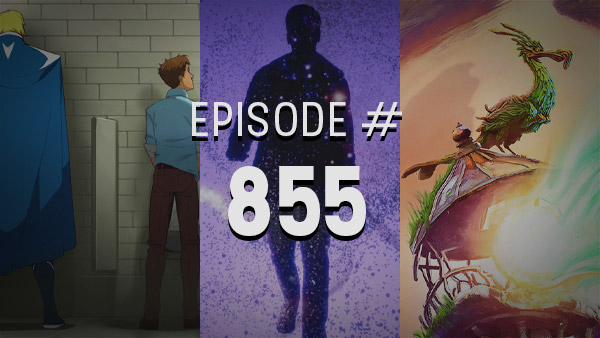Your login information returned multiple users. Please select the user you would like to log in as and re-type in your password.

[Lost in Shadow is mainly a game about its mechanics and I spoil a major mechanic here]
Perspective is everything in Lost in Shadow. The game is played in the shadow of a place: casts from metal platforms, railings, walls, and various other objects in the world. What makes this unique perspective work so beautifully is actually having a perspective on what is creating the levels.
The world as a whole in Lost in Shadow is continuous, one level (a floor or so of the tower) flows right into the next, giving a reasonably logical sense of how the setting is constructed. Giving this kind of logical sense in level progression further enhances how one experiences these levels as a place. We see shadows in our lives every day and the level design is at its best when it mimics the familiar. The best example of this is at the beginning of the “Residential” section of the tower. Buildings sit on either side of a street in the background and a street lamp hangs on a power line pole whose lines cross the street in the foreground. All of these things cast shadows on the ground of this place and, again, the shadow is the level. The platforming is in two dimensions—from a street lamp’s shadow to a power line's shadow on the ground—in the context of a three dimensional world. It indeed feels like one is playing in the shadow of a place because it is understood what the place is.
The game furthers this idea later on by giving the ability to transverse the world’s three dimensional plane for a limited amount of time, moving out of the shadow and onto the physical ground itself. This gives even more context to what exactly is making the shadow space. As this three dimensional world is manipulated, like creating shadows with objects to progress in the 2D space, it can be inferred what this place’s purpose was—seeing the workings of something like a shrine. But once the top of the tower is reached one must go back down the tower (assisted by an elevator system) and collect pieces of an object. At first it seems tedious, but when revisiting parts of the tower, with this new ability, one finds a whole new perspective on how this place is constructed, especially in certain earlier levels where the physical world was just out of view.
The ability to navigate and interact with the 3D space causing these shadows is ingenious. Lost in Shadow plays with perspective to further show the interdependency between the physical space and the shadow one. It makes these two planes of existence feel similar yet distinct while also providing clever challenges that take full advantage of the changing perspective.




Comments
14 years, 10 months ago
Interesting.
14 years, 10 months ago
this game sounds quality. what system is it on?
14 years, 10 months ago
I like puzzle platformers, and playing with shadows to make your way through is pretty damn cool. I hope we see a rise in these cool side scrolling games that change up the mechanics.
14 years, 10 months ago
looks cool
14 years, 10 months ago
Sounds interesting, but Yahtzee said some VERY negative things about it, I don't really think its worth a 60 dollar price tag.
14 years, 9 months ago
[...] Shadow Physics is a game in which a 2D platformer is played on the shadows of a 3D space, similar to the recently released Lost in Shadow. [...]